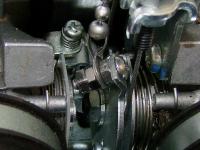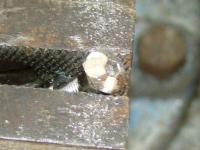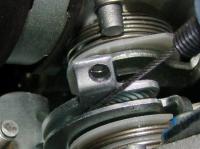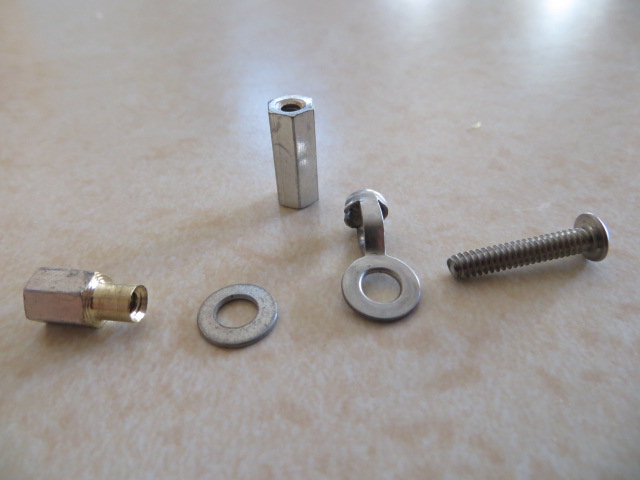Jack D
Well-known member
At 52000 miles it was time for a valve check on my 2009 so I did that (no changes needed), new spark plugs, air cleaner, throttle body sync, checking and greasing all of the ground spiders and so on. I pulled all of the side plastic to see how everything was laid out as the FJR is new to me. I also decided to install a CCS 100 and see how I liked it. There were plenty of posts on the forum to guide me. The one part I did not like from other installs was connecting the beaded chain connector to the throttle arm. Most people used a screw and 3 nuts to make the connection. I used a 10-32 button head screw and a coupling nut. For those unfamiliar with a coupling nut they are about 1/2" long. I turned part of the body down to the correct diameter for the connector. Now I only had one nut to start onto the screw instead of 3. The button head screw is much less likely to catch on the throttle cable. The reserve vacuum chamber was made of 1 1/4 PVC pipe and was installed above the swing arm on the right side where some others have installed the actuator. My actuator was installed under the seat. I would have preferred to put it over the engine in front of the coolant pipe but I wanted to make sure that everything functioned first. At the next valve adjustment I will move it and shorten the cable. The CCS 100 works better than I anticipated. It maintains speed within + or - 1 mph uphill or downhill and is not erratic when activating or deactivating. I am quite pleased with my less than $200 investment.







